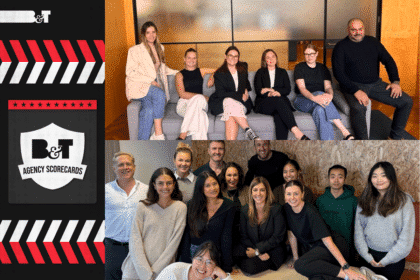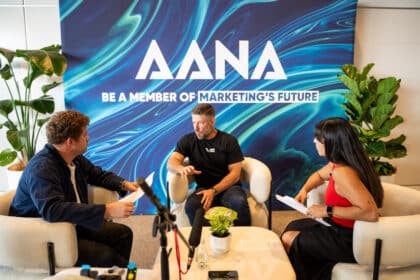Edition Five of The Payback Series shows how to maximise return on investment by choosing channels with the ability to deliver positive ROI as well as short and long-term sales.
Media return on investment (ROI) is only half the picture for Australian brands and chasing ROI without adequately considering campaign time frames could be at the expense of media-driven sales.
This is the finding of the latest edition of The Payback Series, an Australian-first study analysing the campaign performance of 60 brands with a collective annual turnover of $23 billion and an annual media spend of $450 million.
Edition Five of the Payback Series, utilising the most detailed dataset in the series to date, explores a range of key business, marketing and media considerations to interrogate the optimal media mix to support brand growth. The considerations include budget, opportunities for growth, risk and the relationship between investment, channel scale and sales growth.
ROI is important for marketers to ensure media investment is performing; however, this research highlights the payback over time. While most media channels deliver positive ROI, some channels generate sales for longer periods making the return on investment more valuable as the channel drives greater and sustainable business growth.
The research’s analysis of campaign data shows how the most successful campaigns deliver both optimal ROI and sales in the short and long term.
ThinkTV CEO Kim Portrate (pictured) said, “ROI is about the last thousand dollars you spent; scale-ability is about the next thousand dollars.
“If you invest in cheap channels based on ROI, and those channels don’t generate the right volume of sales before you start to see diminishing returns, you’re never going to grow brands. Other channels will be needed to make your media spend work the way it should.”
Specific findings of the research include:
Channels drive markedly different levels of demand. For example, where campaigns allocate, on average, around 18 per cent of spend to out-of-home, this spend accounts for less than 16 per cent of media-driven sales. TV, on the other hand, with an average of more than 50 per cent media allocation, delivers more than 50 per cent of media-driven sales.
Channels with strong ROI may not sustain sales volume over campaign investment periods. For example, search has the strongest ROI but is one of the weakest media selections when it comes to generating sales beyond short-term timeframes.
The reason for this is that search is driven by other media. It is a demand harvester rather than a demand driver as consumers are already in the purchase funnel. With search unable to create new demand for a product, the channel lacks the long-term ability to drive growth.
The rate of return for media channels differs and so too does the potential for sales growth. The rate of incremental sales for TV reduces more slowly than any other channel. This means increased investment in TV will improve ROI over time.
The risk in achieving a return varies by channel with digital video the least risky channel and cinema the most. This is attributable to consistent performance and quality of content to deliver return and sales uplift. Unlike share portfolios, a higher risk media mix does not necessarily deliver better efficiencies or growth.
ThinkTV’s Portrate said: “Marketers have long been chasing the best return on investment for their campaign spend but the research shows efficient ROI may not always be effective ROI.”
“While ROI is important to all brands in all categories, not all ROI is equal. This research suggests a much-needed reassessment of channel selection is required to ensure campaigns are being optimised for maximum ROI and maximum sales impact over both short- and long-term timeframes.”
“And that’s where TV comes into the equation. TV has the strongest media-driven incremental sales of any channel and the capacity to scale up with the only limit the size of the viewing audience. With an average monthly reach of more than 20 million people, TV is hard to beat.”
Five Payback Series studies have been conducted since 2017 with the latest edition produced in partnership with GroupM Australia and global marketing effectiveness consultancy Gain Theory.











